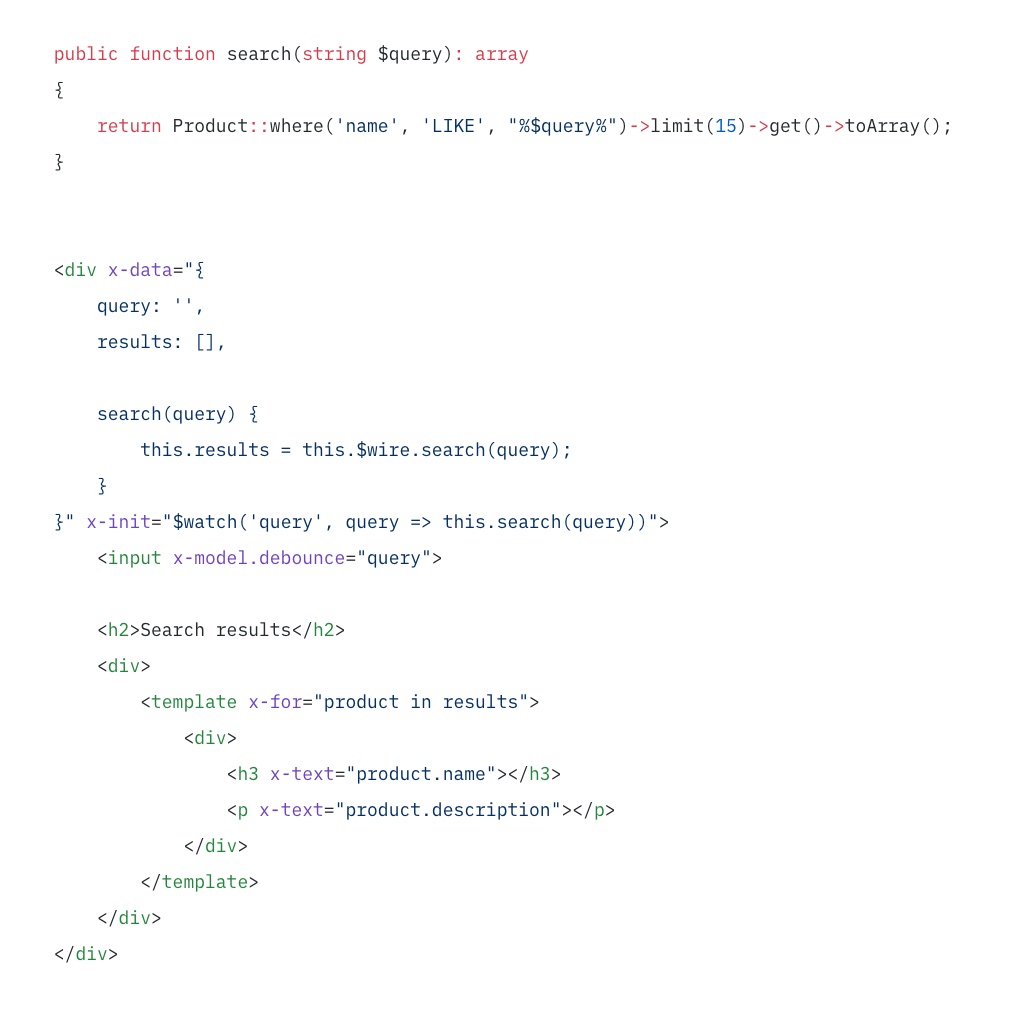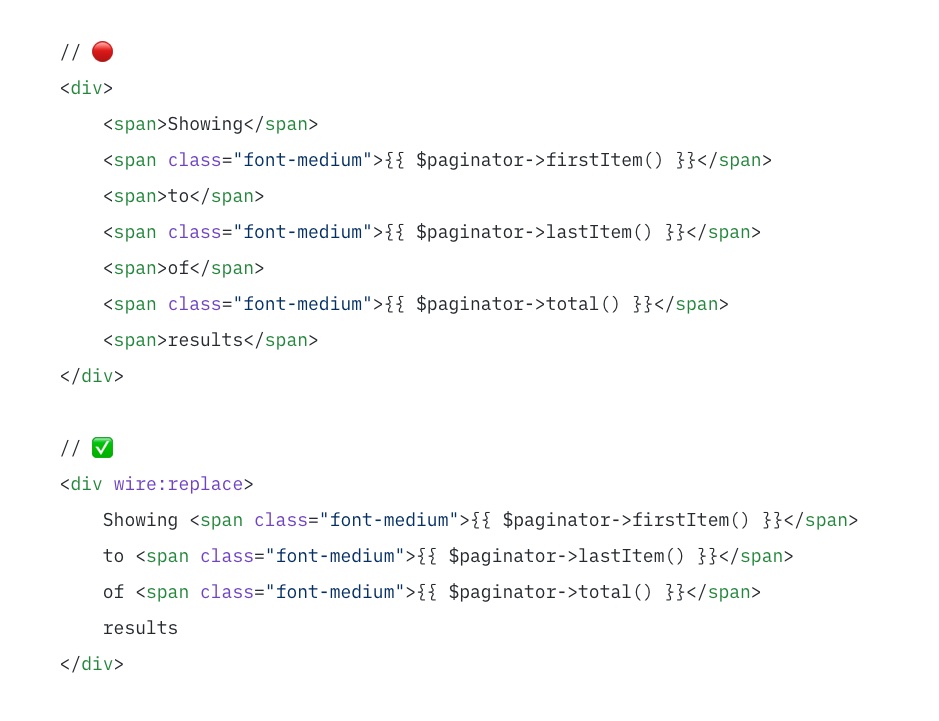10
🔥 Readonly properties
They're a great way to make your components safer and faster.
Say you have a component for editing some resource.
You enforce the ACL in mount().
But if the user could change the currently edited resource, you'd need to enforce ACL on all requests!


